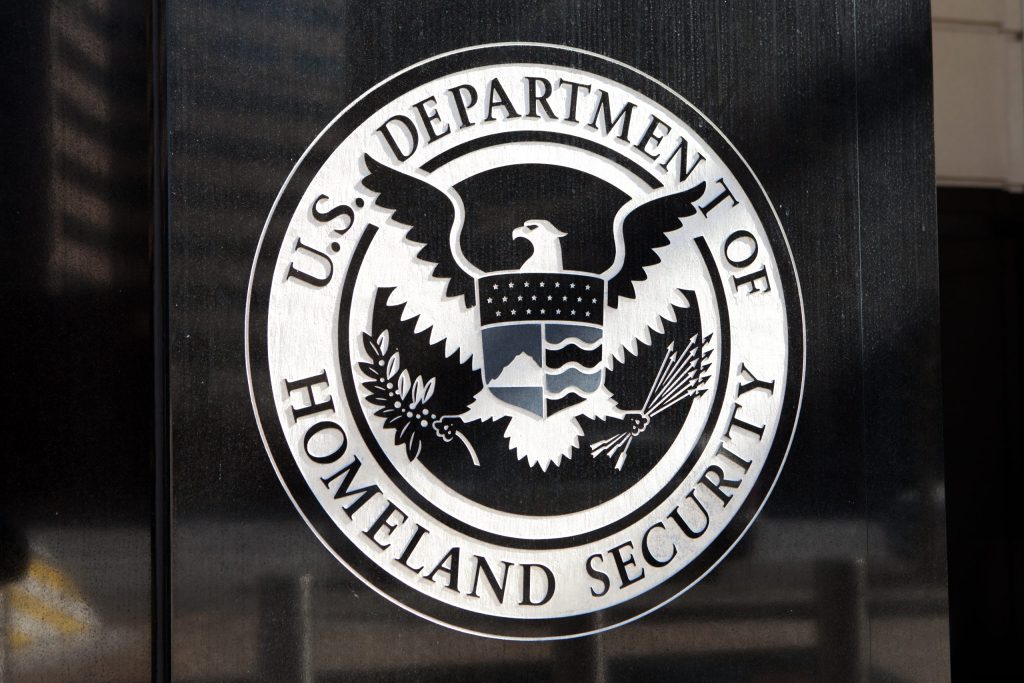The 6 Most Important Things To Know About Deportation Proceedings
The 6 Most Important Things To Know About Deportation Proceedings
If you’re facing deportation, more formally referred to as “removal proceedings,” you may be afraid of being forced to return to the country you left and be forced from the United States which you now consider your home. It’s important to understand why you may have to leave the US and what rights you have to try and remain here.
In recent times, immigration enforcement has become a government priority. There is not a day that goes by without some aspect of immigration being discussed in the news. Having competent legal representation to protect your rights is very important. This blog is intended to help you understand some of the various aspects of deportation law.
1. Who Can Be Deported?
Any person who is in the US and is not a citizen can be removed. Persons can be deported who:
- Were inadmissible when they entered the US
- Violated the terms of their visa or other immigration laws
- Violated criminal laws
- Are a threat to public safety
- Need to rely on public assistance
2. How Are Deportation Proceedings Started?
Deportation proceedings often begin in one of two ways – either by arrest or upon receipt of a Notice to Appear (NTA) in federal Immigration Court. Immigration laws are enforced by Immigration Customs Enforcement (ICE) – the enforcement agency within the Department of Homeland Security (DHS).

ICE has the authority to detain and question individuals about their immigration status. ICE may also receive information from local law enforcement that leads to the arrest and detention of those suspected of immigration law violations.
When a person applies for some type of legal immigration status with US Customs and Immigration Services (USCIS) and has their application denied, USCIS may notify ICE that the applicant does not have lawful immigration status.
Another agency, US Customs and Border Protection (CBP) – also under DHS – may determine that a person attempting entry at a US border is not eligible for entry and should be deported.
3. What Happens During Deportation Proceedings?
Once an agency within DHS identifies a noncitizen that is to be deported it must select which deportation proceedings to use and the level of priority to give the deportation. DHS has the discretion not to deport someone even if the person is deportable.
Deferred action is the status of a noncitizen who DHS has decided not to put through deportation proceedings – yet. During the temporary period that a deferred action is effective, a noncitizen is considered lawfully present in the US. A grant of deferred action can be renewed or it can be terminated at any time.
If DHS decides a noncitizen is a priority to deport there are two types of deportation proceedings that may be used. Most often persons already in the US will receive a notice to appear in an immigration court and a chance to present a defense to their removal. Persons who are detained by CBP are typically put through expedited deportation proceedings that do not include appearing before a judge.
- Immigration court removal proceedings – In these proceedings an immigration law judge hears arguments from DHS to prove a noncitizen’s illegal immigration status. Then the noncitizen may provide reasons why legal immigration status should be granted. A noncitizen is allowed to have an attorney – though is not provided with one.
- Expedited removal – Under current law and process, a noncitizen anywhere in the US that does not have proper documentation can be put through expedited removal. The process is conducted by an immigration officer and typically the noncitizen appears without an attorney and can be deported within a few hours.
There are two ways that a noncitizen can avoid expedited removal.
- Show proof of having lived in the US at least 2 years prior to apprehension
- Claim to be a refugee seeking asylum in the US
4. What Are The Defenses To Deportation?

Depending upon the reason that a noncitizen is facing deportation, there are several defenses that may apply and allow a noncitizen to avoid removal and gain legal immigration status.
- Prove you are a US citizen
- Waiver and cancellation of removal – usually applies to those being deported for criminal activity
- Claim asylum or relief from torture
- Adjustment of status – a noncitizen can become a permanent resident based on US family connections
- Voluntary departure – avoids order of deportation and restrictions on returning
Each defense has specific qualifications that must be met. The appropriate defense will depend on the circumstances of each particular case. Having competent legal representation is often the difference between those who successfully defend removal and those who end up being forced to leave the US.
5. What Happens If You Get A Final Deportation Order?
A noncitizen who is denied the right to remain in the US will be issued a removal order. The removal order can be appealed to the Board of Immigration Appeals (BIA), then to a Federal Circuit Court, and finally to the US Supreme Court. The process could take weeks, months or even years. The removal order will be suspended while the appeal is being considered.
If all appeals are exhausted and a noncitizen is issued a final order of removal, DHS will make arrangements to return the noncitizen to his or her country of citizenship. During this period of time a noncitizen may be detained for a specified period or may be released under an order of supervision and allowed to work in the US.
A noncitizen has one last possibility to stop the deportation. An application can be made to ICE for a stay of deportation or removal. The authority to grant or deny the stay is completely up to DHS and is typically granted for humanitarian reasons. Again, having a really good lawyer helping can make the difference between success or failure.
6. When Can A Noncitizen Return To The US After Being Deported?
How long a noncitizen must wait before attempting to enter the US again depends on how and why the noncitizen was removed.
- 5-year wait – if removal was initiated from an entry attempt at a US port of entry
- 10-year wait – if the removal order was issued by an immigration court
- 20-year wait – if the removal was for conviction of an aggravated felony or there has been a previous order of removal
CONTACT US TODAY FOR HELP
The immigration laws are complex. One wrong move or bad decision can have life altering consequences. Call us today or get in touch with us through this website and let us help you. At the BestImmigrationLawyer.com, we have over 50 combined years of legal experience ready to help you deal with any immigration issue. BestImmigrationLawyer.com practices immigration law throughout the United States and its territories.







